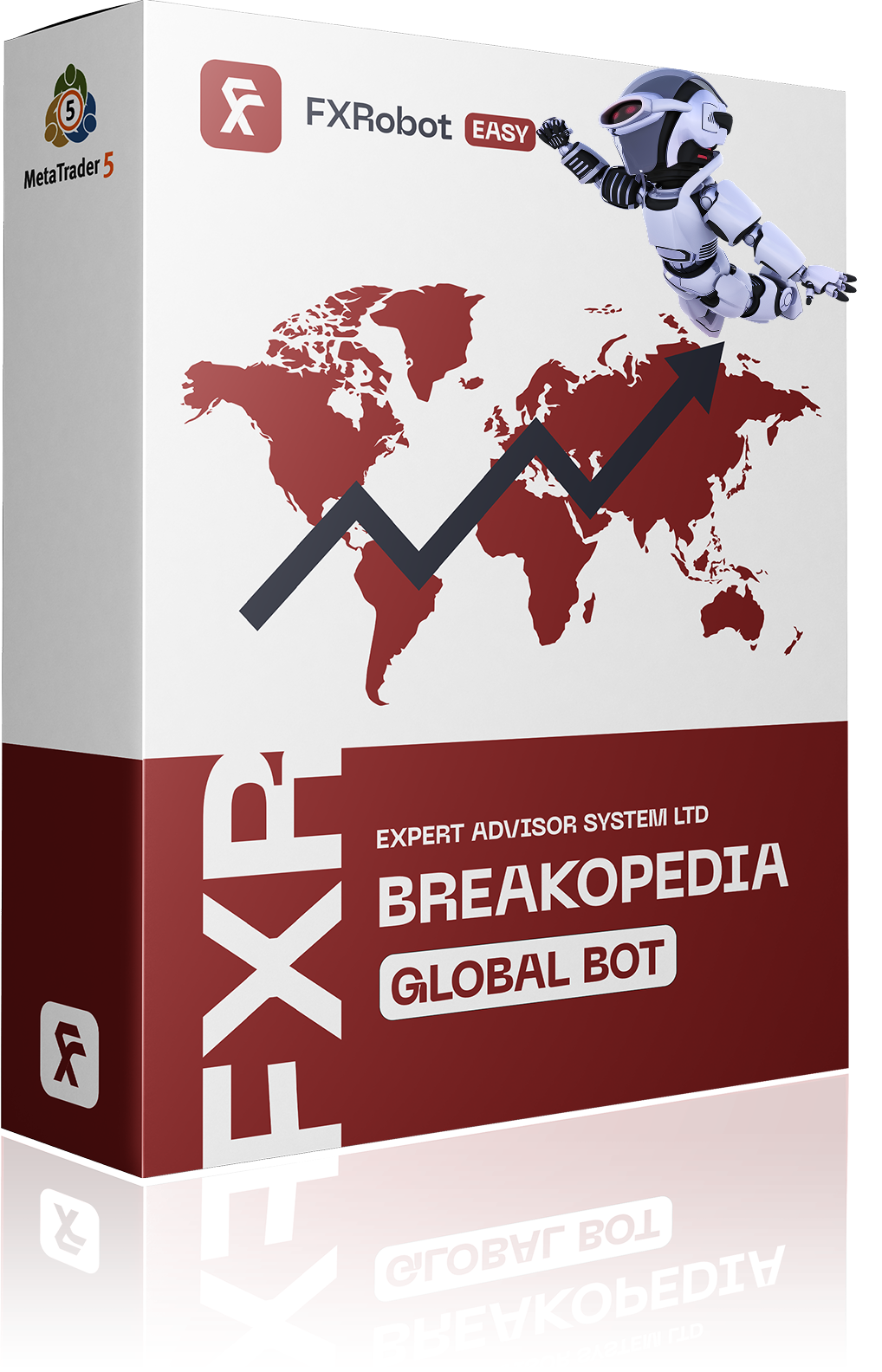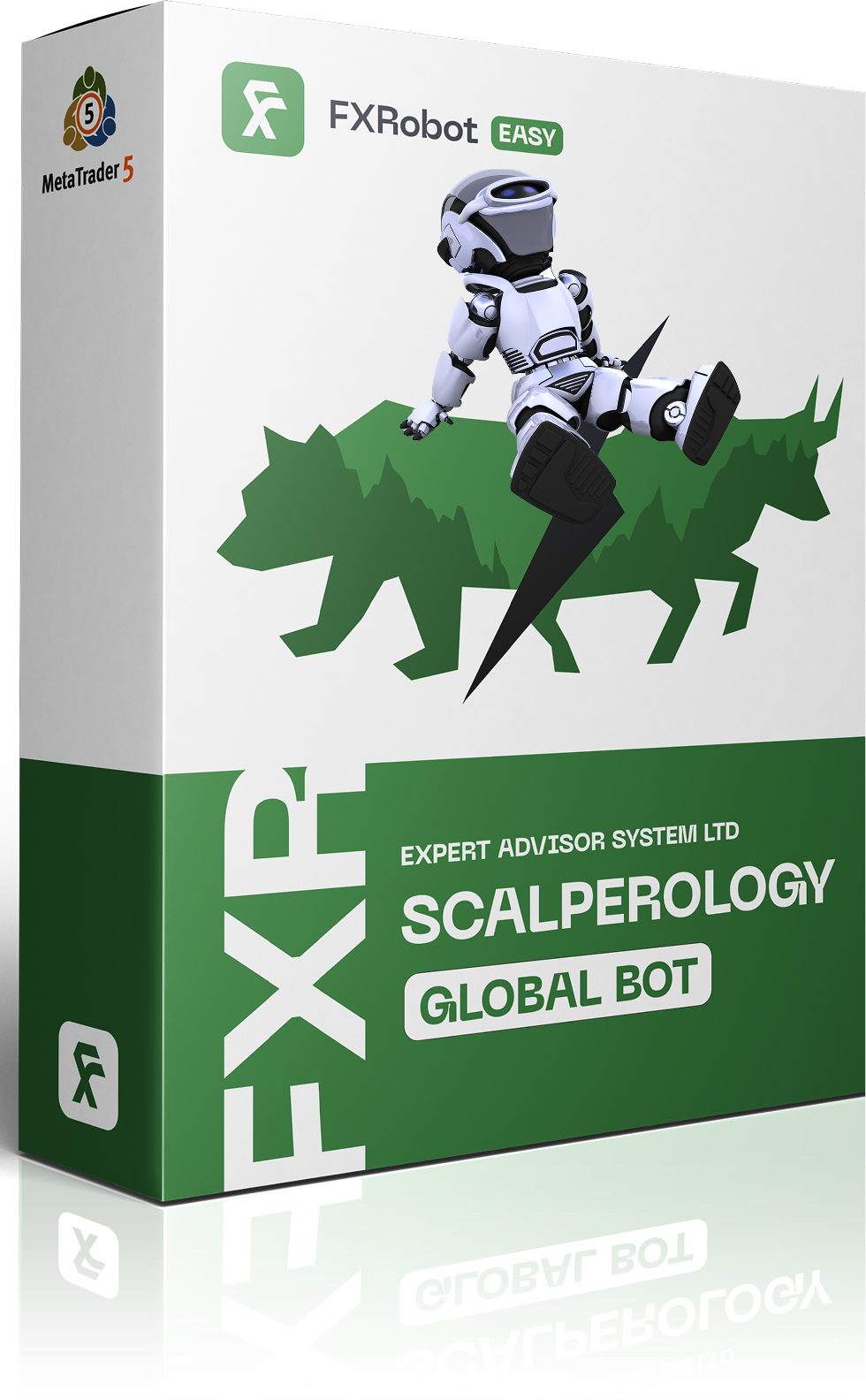At this time, purchasing EASY Bot items is not available to all members. Read more - how to get access to purchase
DeFi Platforms
2posts
What are DeFi Platforms?
- DeFi, or Decentralized Finance, refers to a blockchain-based form of finance that does not rely on traditional financial intermediaries, such as banks or brokerages, to offer financial instruments.
- DeFi platforms provide services similar to banks but in a decentralized manner, which allows users to conduct financial transactions directly with one another through automated smart contracts.
- Common DeFi applications include lending and borrowing platforms, decentralized exchanges (DEX), and yield farming.
Key Features of DeFi Platforms
- Smart Contracts: Automated contracts that execute transactions when predefined conditions are met, reducing the need for intermediaries.
- Transparency: All transactions are recorded on the blockchain, providing users with real-time data and greater transparency.
- Accessibility: DeFi platforms are accessible to anyone with an internet connection, promoting financial inclusion worldwide. 🌍
Examples of DeFi Applications
- Decentralized Exchanges (DEX): Allow users to trade cryptocurrencies directly without a central authority. Examples include Uniswap and SushiSwap.
- Lending Platforms: Users can lend their digital assets to others and earn interest, or borrow assets by providing collateral. Platforms like Aave and Compound are popular in this space.
- Yield Farming: A strategy where users can stake or lend their assets in return for interest or additional cryptocurrency tokens, maximizing returns with minimal effort. 🌱
Advantages of DeFi Platforms
- Reduced Costs: Lower fees compared to traditional finance due to the absence of intermediaries.
- High Returns: Users often enjoy higher returns on investments through various DeFi opportunities such as liquidity pools.
- Enhanced Control: Users retain full control and ownership of their digital assets, aligning with the ethos of decentralization.
Challenges Facing DeFi Platforms
- Security Risks: Smart contracts can be vulnerable to hacks and exploits, posing risks to user funds.
- Regulatory Uncertainty: As the DeFi landscape evolves, so does scrutiny from regulators, posing challenges for compliance and operational stability.
- Market Volatility: Cryptocurrency markets are highly volatile, leading to potential losses for users involved in lending or liquidity provision.
The Future of DeFi Platforms
- Innovative Developments: Continuous advancements in blockchain technology are expected to enhance the capabilities of DeFi platforms.
- Integration with Traditional Finance: There’s potential for DeFi to merge with traditional financial systems, creating hybrid financial products.
- Growing User Adoption: As awareness and understanding of DeFi grows, more users may participate, contributing to its overall resilience and innovation. 🚀
BEUROP.com is revolutionizing the blockchain industry with its innovative BEPR token, which supports a comprehensive ecosystem of products. This article reviews company features, user feedback, and evaluates the potential risks and rewards associated with investing. Find out if this platform truly lives up to its claims....
Decipher positions itself as a platform catering to DeFi and NFT users but holds a concerning 0.0 out of 5 rating based on no reviews. This article explores various aspects of Decipher, examining its potential drawbacks, possible reasons for its lack of user feedback, and how it compares to other platforms in the same sector. Readers will learn about the risks associated with engaging with Decipher....



